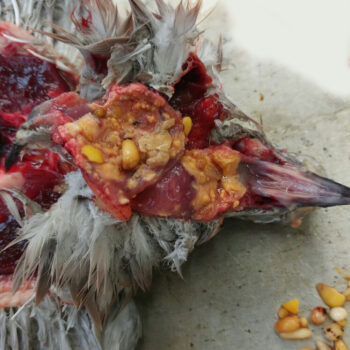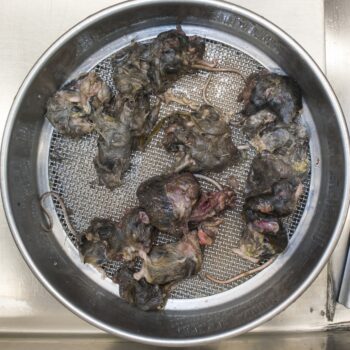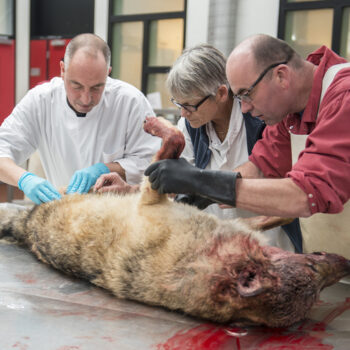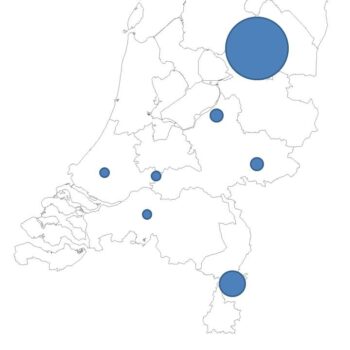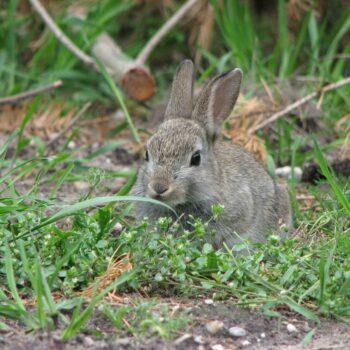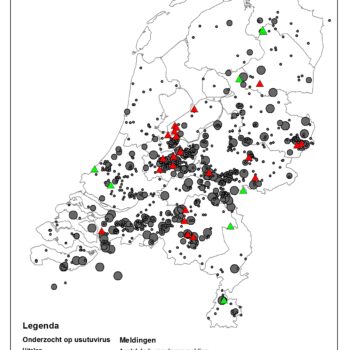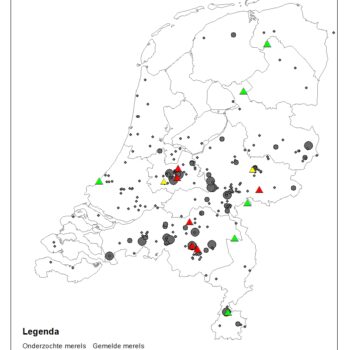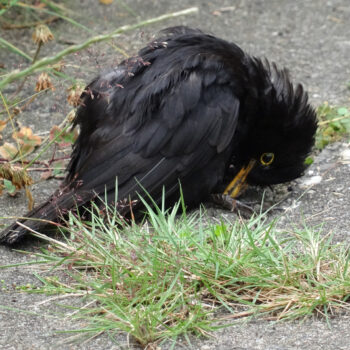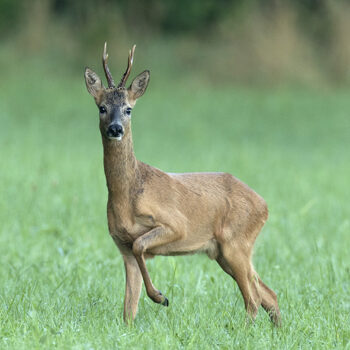Eurasian collared doves dying from trichomonosis
As was seen in 2017, we are currently receiving reports of many Eurasian collared doves (Streptopelia decaocto) dying within one week. The birds are described as looking sick, hunched and emaciated, and not flying away. Two birds showing such signs recently underwent post-mortem exam at the DWHC. The cause
Read more



